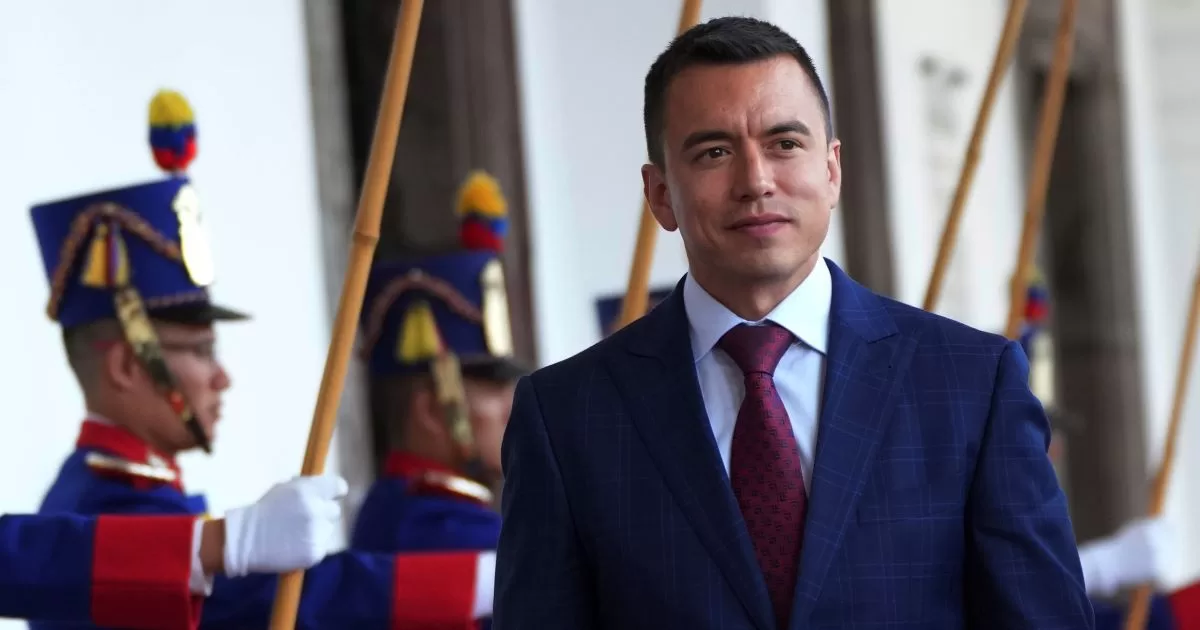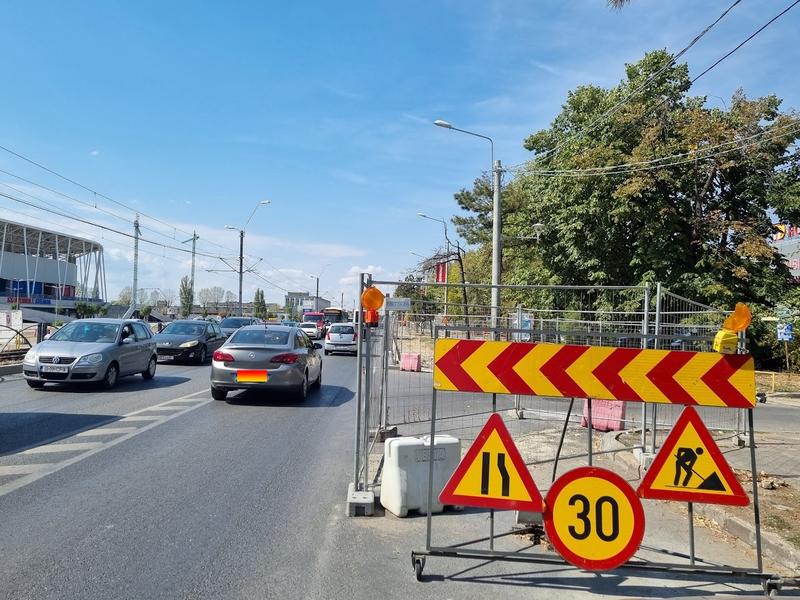QUITO.- The president of Ecuador, Daniel Noboarequested this Tuesday the resignation of the Minister of Energy, Andrea Arrobo, in response to power outages implemented by provincial electric companies. These cuts, which reach up to three hours a day, have been triggered by a prolonged drought and high temperatures that have decreased the flows of the country’s main hydroelectric plants.
During a speech in Guayaquil, the president declared an emergency in the energy sector and announced the investigation of possible acts of sabotage in certain power plants. Noboa stated that his administration has filed complaints with the Prosecutor’s Office in this regard. Additionally, he announced that the government plans to subsidize 50% of April electricity bills for all Ecuadorian households.
Power outages have been recorded in the capital, Guayaquil (where the country’s main industrial hub is located), as well as in Cuenca, Manta and other densely populated cities. These rationings, which began over the weekend without prior notice, have affected at least ten provinces and have spread through social networks.
The Ministry of Energy issued a statement on Monday evening, explaining that the temporary outages were implemented to manage energy demand nationwide. Citizens were urged to reduce consumption during this “critical week”, in which rains are expected that could reactivate hydroelectric generation.
Colombia suspends energy sales to Ecuador
Minister Arrobo had pointed out last week that the situation was aggravated by Colombia’s decision to suspend the sale of electricity to Ecuador due to the drought in its own territory. This cessation in supply occurred two weeks ago.
Last year and in early 2024, Ecuador experienced a series of two- to three-hour daily power outages across the country due to a lack of energy production caused by drought. Although the end of the blackouts was announced on February 23, the country is now once again facing challenges in its electricity supply.
Among the plants affected by low flow levels are Mazar, Sopladora, Coca Codo and Paute, which represent approximately 40% of the energy required by the country.
According to authorities, until last year Ecuador had an energy production capacity of 7,074 megawatts, with 73% coming from hydroelectric generation and the rest from thermal, solar and wind power plants, among other alternative sources. The country’s average consumption is just over 4,570 megawatts.
Source: With information from AP



